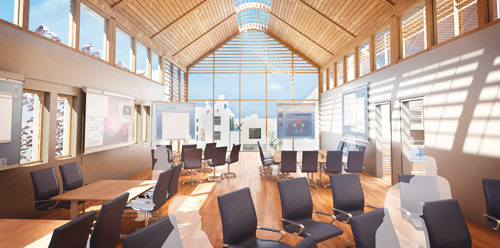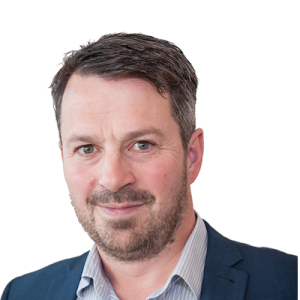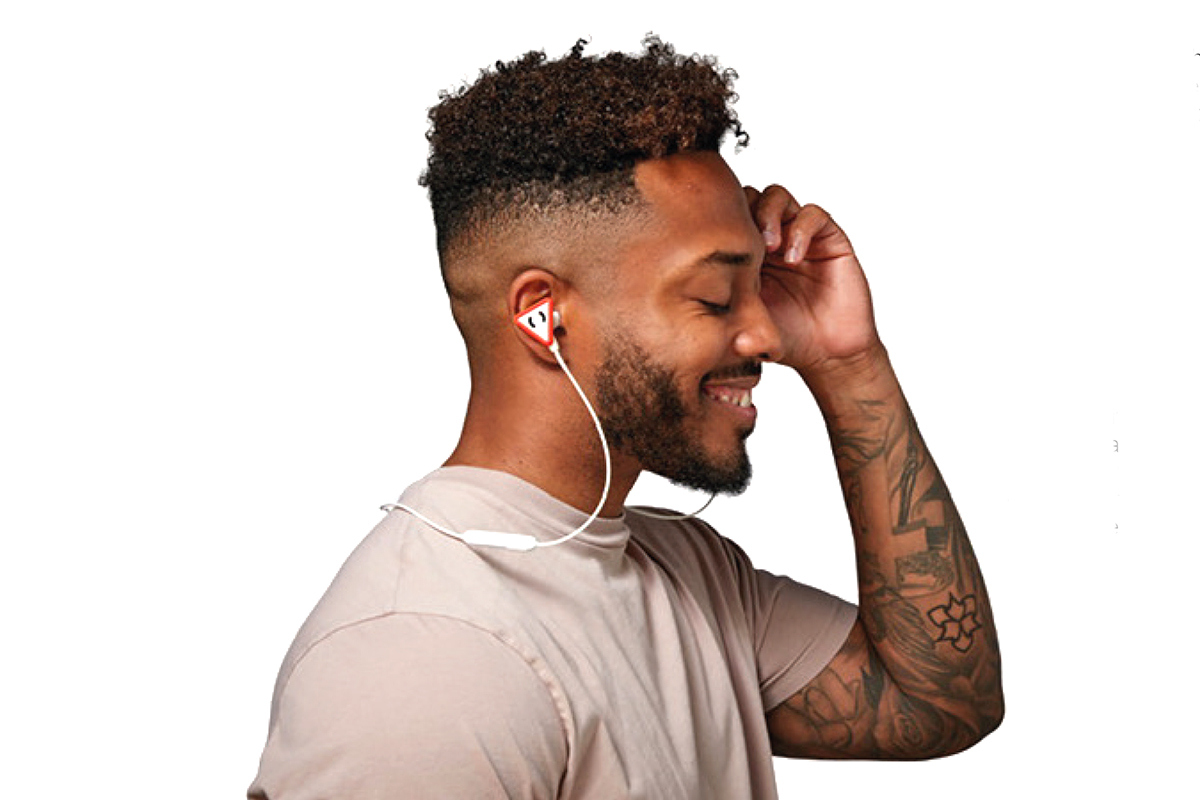
They say the past is a foreign country, they do things differently there. And this applies to your schooldays, too. Whether the last time you sat down to double maths Thatcher was in power or you just left the classroom a few year ago, one thing is for sure – teaching and learning methods will have changed.
They have to because the world does and so do pupils – how they interact with people, how they absorb information and what the world expects of them when they leave their schooldays behind them is very different from every generation before.
That is why, this autumn, pupils at Brighton College streamed back into school after the summer break to find work had finished on a ground-breaking new creative learning centre whose whole design (the work of world-renowned architects Hopkins, think Edinburgh’s Dynamic Earth and Dubai World Trade Centre) and purpose has been created to fit the changing face of education.
A new 22-classroom hub for maths, economics, history and politics, the top floor of this bright, airy building is a double-size suite devoted to experimental teaching. This area will be overseen by the school’s newly appointed head of creativity Thomas Godber, whose remit is to research the educational methods of other countries and cherry pick those he believes will best suit our bright, engaged pupils.
The experimental suite is kitted out in such a way as to use cutting edge design to enhance teaching and accommodate creative learning techniques. The school is looking to create an environment that mimics dynamic workplaces of the future. Think the Googleplex. For example, all pupils will sit in chairs that are flexible enough to rock slightly (which studies show aids concentration) and that have wheels to speed up moving into smaller groups for “constellation” learning. Mr Godber will oversee a whole raft of new initiatives, some of which were picked up by head Richard Cairns whilst observing classes in high-achieving Singapore.
Mr Godber says, “We are throwing out some of the old, traditional notions that children have to sit in straight lines and listen for hours on end. One of the subjects taught in our experimental classroom will be Presentation Skills, because we think being able to effectively communicate will be crucial in tomorrow’s job market, and we will have cameras and microphones so that pupils can play back their performance and critique how they did.”
The sound and lighting equipment serves a dual purpose in that experienced teachers can review lessons from younger members of staff and provide helpful input and advice to help teachers improve professionally.
No detail has gone unscrutinised to see how teachers can enhance the children’s learning – right down to the inclusion of special overhead lighting that can match different teaching approaches.
A collaborative Microsoft Surface Hub has been installed too which allows pupils and teachers to write on it, like a traditional whiteboard, as well as allowing real-time chat with subject experts (perhaps an economist explaining interest rates or an MEP live from Brussels), accessing the web or any other software the teacher wants to use.
Deputy headmistress Jo-Anne Riley commented on the space: “The pupils have quickly got used to the new flexibility and openness created by the innovative furniture. They can work in teams, pairs or alone and quickly switch between formats by simply turning their body or desk. As the teacher moves around the room, pupils can easily track them and turn their attention to a pupil or group giving feedback. The ability to always be able to move as a teacher means pupils focus much better as the lesson is automatically divided into sections of ‘work’ punctuated with changes of position which help them to reset their concentration. The teacher can very easily get access to every pupil as an individual, there is no ‘back row’ effect and I have found pupils naturally take up the position of a gentle horseshoe so they can see the maximum amount.”
This focus on the buildings where children learn is a natural extension of the headmaster’s policy to continually innovate. This began 11 years ago when he took up post and altered the curriculum so that all pupils from the age of 4 onwards would learn Mandarin, in a bid to expand their educations in a less Euro-centric and more global way.
Since then, a raft of innovations has been put in place, all of which we believe will become mainstream in years to come in education. Our entrepreneurship programme sees pupils in Year 9 sent off with a ten pound note in seed money and told to multiply it many times over via a business idea, the proceeds going to an African charity devoted to helping children. The idea behind the programme, quite apart from raising money for an excellent charity, is to stimulate the part of the children’s brains that focus on bright ideas, risk-taking and believing that no matter how young you are, your ideas are valid and worth pursuing.
Extending this philosophy, pupils’ business brains are challenged again in Year 12 when they team up into house groups and are asked to pitch business ideas Dragons-Den style to a panel of judges. Three winning teams are rewarded with a cash prize in order that they can roll out their business plan for real.
The school also believes children’s educations improve when they look outwards to the world, and are not cloistered away behind closed doors. That is why it buddies up each sixth former with a pupil of the same year group in the east London school, the London Academy of Excellence. The LAE sits in one of the most deprived boroughs in the country with a hugely diverse ethnic mix. All the “buddies” in this arrangement benefit from meeting each other and learning about each other’s backgrounds and interests – many continuing their friendship long after their school days are over.
The position of Brighton College, in the heart of the cosmopolitan area of Kemp Town, also allows the school to immerse pupils in their community – this is very much a part of the Brighton College education. From weekly visits to care homes and children’s centres to taking part in the annual Pride festivities (the school fielded the first sixth form float in Pride’s history this summer), children learn soft skills that no amount of classroom hours can offer – how to communicate, relate and empathise with others.
Little wonder that in September the school was named the most forward-thinking school in England by The Week magazine.






